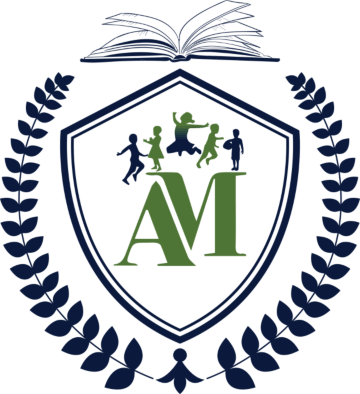
Developed more than 100 years ago in Italy by Dr. Maria Montessori, this educational philosophy is devoted to developing the whole child (emotionally, cognitively, physically, and socially) through interaction rather than direct instruction.
The Montessori education is student-led and self-paced but guided, assessed, and enriched by knowledgeable and caring teachers, the leadership of their peers, and a nurturing environment.
The Montessori method has a few unique distinguishing characteristics:
Multi-age classrooms: In a Montessori preschool, kids are commonly grouped together from ages three through six, creating a community in which younger kids learn from older ones and big kids reinforce what they know by sharing it with others. A trained Montessori teacher typically stays with a child for all three years, so they get to know each other very well.
Montessori learning materials: Child-sized, developmentally appropriate items designed to help children learn specific concepts and skills are an integral part of the Montessori curriculum. For example, kids explore counting with small colored beads and practical life skills with mini kitchen utensils and cleaning tools. Cleanliness, order, and a layout that facilitates movement are also important parts of the classroom environment.
Independent work: A Montessori classroom is a busy place with lots of tempting things to do; unlike a traditional preschool, though, it’s not the standard teachers-talk, kids-listen situation. Instead, teachers (sometimes called guides) introduce materials to small groups and then children decide on their own which materials to use and when. During “work time,” teachers observe what students are doing, offering guidance when needed while encouraging kids to overcome challenges on their own or with help from a buddy.
A typical day in a Montessori classroom may be longer than a traditional preschool (four or more hours, vs. two to three). This allows for the large block of work time that is central to the Montessori approach. During this two- to three-hour period, children choose materials, complete their tasks, and put materials back neatly so others can have a turn. Before and after work time, there is usually a group meeting. This is similar to other preschool “circle time” meetings — setting expectations, group discussions, presentations by teachers or students, books, songs, etc.
